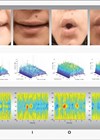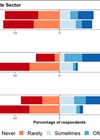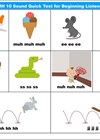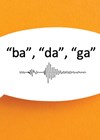Let’s get back to basics: Dr Schoepflin introduces the concepts behind speech testing for hearing care professionals.
While pure tone threshold testing is considered the ‘gold standard’ for assessing auditory sensitivity, the results of pure tone testing provide only limited information about how an individual will be able to communicate. To evaluate this, a speech stimulus is required; consequently, speech testing should be included in every audiological evaluation.
In this article, I will present an overview of the considerations involved in speech testing, including its purposes, the methods and materials used, and the conditions under which it is conducted. The tests I will cover are those used in the typical audiological evaluation, including speech threshold testing, suprathreshold speech recognition testing, and the testing of the most comfortable and uncomfortable listening levels; the end of the article will include several additional speech test considerations and applications.
Speech threshold testing
Speech threshold testing is a measure of an individual’s ability to detect or just barely recognise speech. Each ear is tested separately, and the level obtained is used as a crosscheck for pure tone thresholds and to determine a starting level for suprathreshold speech recognition testing. The materials used for speech threshold testing are usually spondees; that is, two-syllable words produced with equal stress on each syllable. The listener is familiarised with the list of test words, and the level of the test words, which can be delivered using a monitored live voice or recording, is manipulated until the listener is able to repeat back about 50% of them. This level (in dB HL) is recorded on the audiogram as the speech threshold, often referred to as the speech recognition threshold or SRT.
Suprathreshold speech testing
Suprathreshold speech testing is conducted in each ear to assess how well an individual can recognise the sounds of speech when presented at a comfortable listening level. It is typically conducted using a recorded list of monosyllabic words (to ensure a standardised presentation), without familiarisation, at a level 25 to 40 dB above the SRT in a quiet background, although other levels are often used. In addition, suprathreshold speech testing in noise can be done to provide further diagnostic information.
The word lists most commonly used clinically in the US are the CID W-22 and NU-6 lists. The original versions contained 50 words, which were created for phonemic balance and simplicity in scoring, with each correctly identified word worth 2%. Time constraints in the clinic have limited the use of 50-word lists, so now it is common to use 25-word, or even shorter, lists to test speech recognition. In that case, following the protocol recommended by Hurley and Sells is recommended [1]. Each test word on the test is preceded by a carrier phrase and the listener’s task is to simply repeat the test word. The response of the listener must match the test word exactly for the response to be judged correct. The percentage of correctly identified words in each ear is recorded on the audiogram as the suprathreshold speech recognition score.
There are traditional classifications of speech recognition ability, which include excellent (90% and above), good (78-88%), fair (66-76%), poor (54%), and very poor (less than 52%). If a listener’s score falls below the range of ‘good’, a second test at another level might be warranted.
Most comfortable listening level
The most comfortable listening level (MCL) test is typically conducted on individuals who are being considered for hearing aids, although it can be completed on anyone. As the name suggests, the test is aimed at finding the intensity level at which the listener finds listening most comfortable. The materials that are used for this are usually narratives, such as the reading of a passage. While reading, the tester manipulates (increasing and decreasing) the level of the voice until the listener indicates a comfortable level. Several trials are usually completed because MCL is generally a range, not a single intensity.
Uncomfortable listening level
The uncomfortable listening level (UCL) test is, as the name indicates, meant to identify the level at which speech is uncomfortably loud for a listener. Like MCL, this test is generally conducted on hearing aid candidates, but can be tested on anyone. The materials used are, again, usually narratives. While reading, the tester gradually increases the intensity level of the voice and the listener is asked to indicate when the voice becomes ‘uncomfortably loud’. Obviously, the term ‘uncomfortably loud’ can be interpreted differently by different people; therefore, the instructions preceding UCL testing are important. What we are trying to determine is not a preference for listening at softer levels, but rather the point at which speech becomes uncomfortable.
Other considerations and applications
Some speech tests, notably speech thresholds, are conducted at low levels. To ensure that test results are valid and reliable, speech testing should be conducted in settings that meet the ANSI/ASA S3.1-1991 (R2018) [2] maximum permissible noise standards, using equipment that meets the ANSI/ASA S3.6-2018 [3] specifications. In addition, all speech testing should follow a standard protocol, supported by the research literature; deviations or modifications in method or materials should always be noted on the audiogram.
Because suprathreshold testing is administered at a comfortable listening level, masking of the non-test ear is required when the presentation level in the test ear is greater than 35 dB above the best bone conduction threshold at 500 Hz, 1000 Hz, or 2000 Hz in the non-test ear [4]. Masking would also be required for the SRT if the best bone conduction threshold in the non-test ear was more than 35 dB better than the SRT in the test ear.
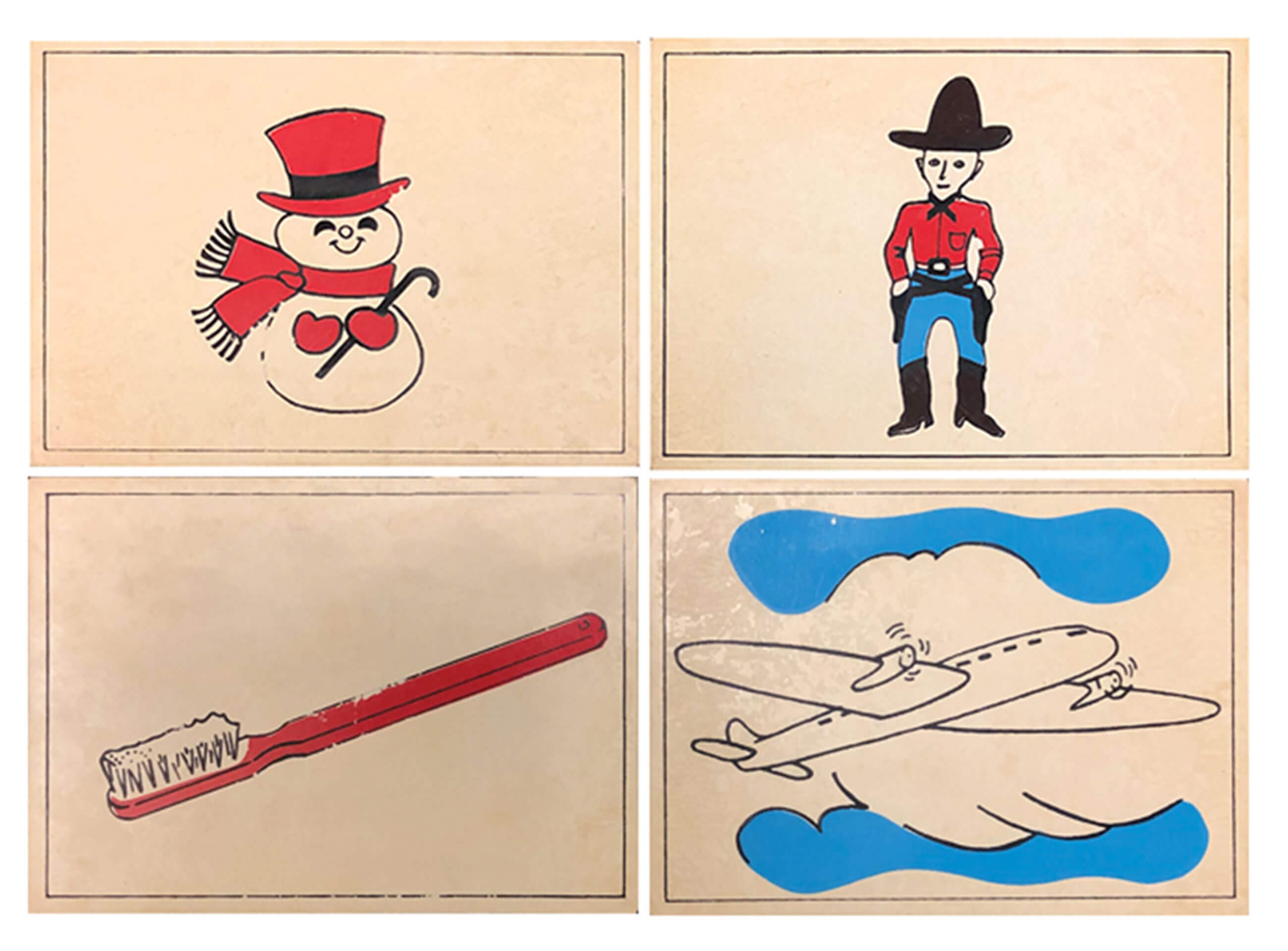
Figure 1. Example of spondee pictures used for testing SRT in children.
When testing children, different materials are often used. For the SRT, a closed-set task, which uses picture cards depicting the test words, might be employed (Figure 1). For suprathreshold testing, the selected word list might contain words more familiar to younger listeners or a closed-set task could be used; here, the child would select the test word from among a set of four to six pictures.
It is also important to recognise the influence of language on speech test results. When testing those who are non-English speakers, it is not appropriate to use the English test words to establish speech recognition scores.
Finally, speech testing has other applications: in assessing hearing aids, particularly in noisy backgrounds; in testing auditory processing; in determining patterns of error in speech recognition, and other purposes.
References
1. Hurley R, Sells J. An abbreviated word recognition protocol based on item difficulty. Ear Hear 2003;24(2):111-8.
2. American National Standards Institute (2018). ANSI/ASA S3.1-1991 (R2018). Maximum permissible ambient noise levels for audiometric test rooms. New York, USA: American National Standards Institute.
3. American National Standards Institute (2018). ANSI/ASA S3.6-2018. Specifications for audiometers. New York, USA: American National Standards Institute.
4. Roeser RJ, Valente M, Hosford-Dunn H. Audiology: Diagnosis (2nd ed.) Thieme; 2007.




